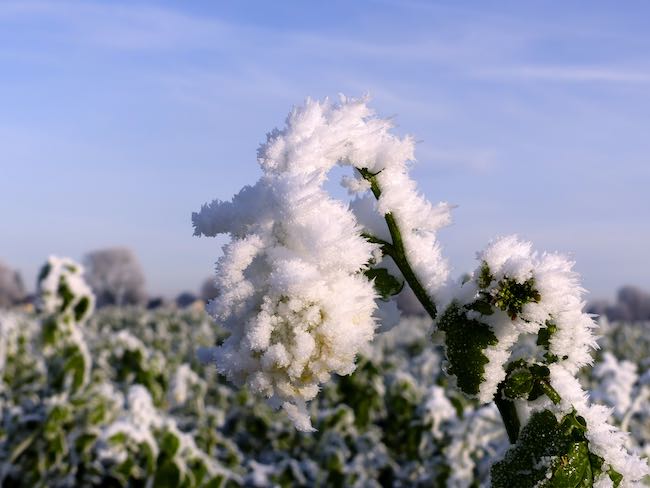How to deal with snow damage on garden plants

Snow can cause damage to garden plants in a number of ways, including breaking branches, flattening foliage, and causing root damage. Here are some steps to take to deal with snow damage on garden plants:
- Assess the damage: Examine the plants carefully to determine the extent of the damage. Look for broken branches, bent or flattened foliage, and any signs of root damage.
- Remove any broken branches: If there are any broken branches, remove them cleanly with a pruning saw or shears. Make the cut just above the nearest healthy bud or branch, and be sure to remove any jagged edges.
- Prop up bent or flattened foliage: For plants with bent or flattened foliage, gently prop up the leaves or stems with stakes or other supports. Be careful not to damage the plant further by bending or twisting it too much.
- Protect the roots: If the soil has become saturated with water due to melting snow, it may be at risk of becoming waterlogged and causing root rot. To prevent this, avoid walking on the soil and consider adding a layer of mulch to help absorb excess moisture.
- Wait and observe: After you have taken these initial steps, it is important to wait and observe the plants for signs of recovery. If the damage is severe, it may take some time for the plant to recover, or it may not recover at all. In some cases, it may be necessary to replace the plant entirely.
By following these steps, you can help your garden plants recover from snow damage and ensure they have the best chance of thriving in the future.




















